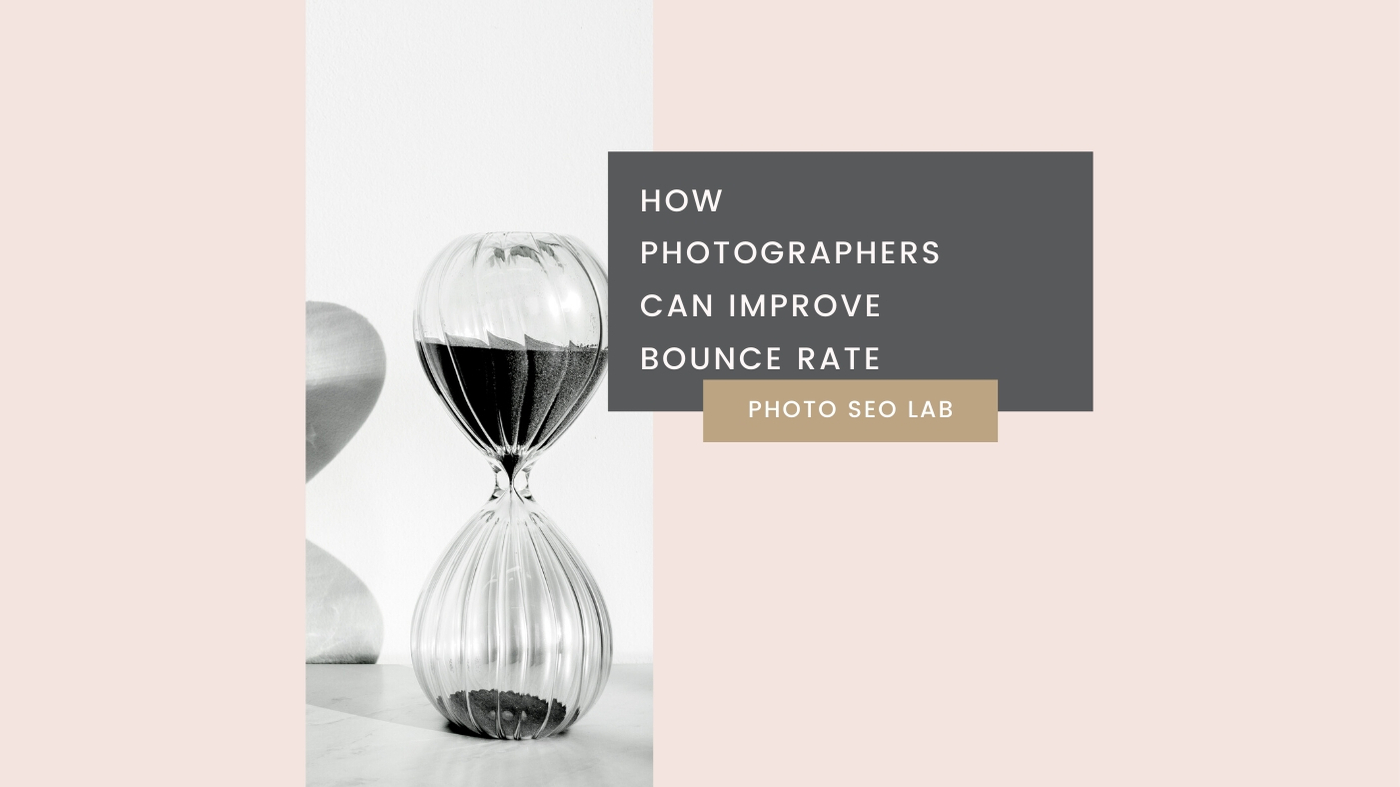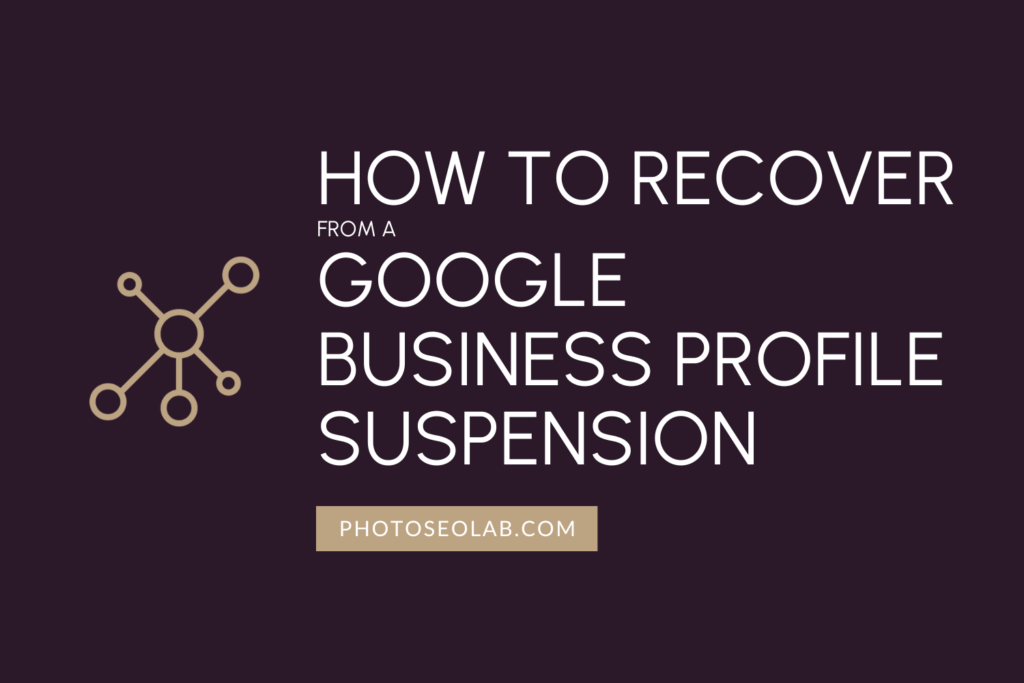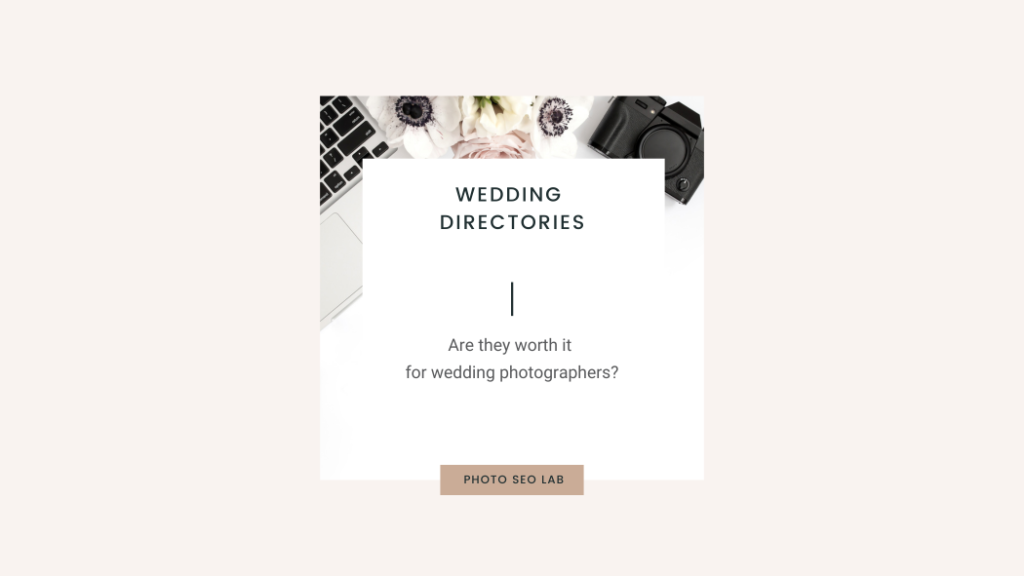Bounce rates are when someone comes to your website, they don’t go to any other page, and then they leave. Leaving, as in they either go back to the page they came from, or they go out somewhere else, or whatever.
A high bounce rate is a bad thing. In the photography industry, we usually see average bounce rates a little over 50%, maybe 60%. So if yours is higher than that, definitely something to look at. If yours is lower than that, congratulations!
What affects Bounce Rates?
There are lots of things that can affect bounce rate. A couple of examples would be not having menu options or no call to action on the homepage.
Bounce rate can also be on an internal page. A potential client could find a blog post you wrote about a topic because they googled that topic. Then they go to your blog post and then they leave. Have calls to action that link to other relevant posts, your contact page, and portfolio pages.
Google can also use bounce rate indirectly, as a ranking factor. Let me explain. Let’s say you were Google, and you were sitting across the street from two restaurants. You’re observing and sitting watching. Somebody walks into restaurant A, then like 30 seconds later turns around, walks out. That same person walks over to restaurant B. They go in, spends 30 minutes in there, and they come out the other side rubbing their belly, and full, and smiling. And they’re happy, right, so they ate lunch, or whatever, at restaurant B.
If then, you’ve never been to one of those restaurants, someone walks up to you and says,
“Hey, do you recommend restaurant A or B. Which one do you think is better?”
Well, say I’ve never been to any of them, but I would say restaurant B based on that observation!
So that’s kind of what bounce rate is, and that’s how it indirectly impacts your SEO. In real terms, if someone clicks on your website, and they go and they bounce. They go to the next one below it, they click on that, and they engage and spend some time. Maybe they even submit an enquiry. Then that website is going to be perceived as higher value as compared to yours directly.
Google even has a patent right now that can track people when they search for a restaurant. Whether they actually go to the restaurant, and how much time they spend there. That will help determine the quality of their search. Whether or not people actually engage with the restaurant. Fascinating stuff!
How to Lower Bounce Rates
There are a few things that you can do.
1. Increase the page load speed
A lot of times bounce rates are high because it just takes forever to load. Especially now that research has shown more than 50% of searches are on mobile. “It hasn’t loaded, and there’s nothing there.” They’re impatient, and they’re ready to get more information.
Aim to keep the page load speed of every page – including blog posts – to under 3 seconds.
Test your pages and blog posts here: https://gtmetrix.com/
2. Call to Action
Another thing that can cause a high bounce rate is having no text, only an image. There’s nothing to guide them to click anywhere or engage. They see a menu on the side, but they don’t even know where you’re located. “I don’t even know where this business is located, I’m not going to pay someone to travel.” People want to know who you are and what you offer, and where you’re located pretty quickly. So clarifying those things can lower your bounce rate.
3. Wrong Keyword Optimization
Not having information on your homepage. Not enough text, or not having the right information, or being the wrong site. Optimizing for the wrong keywords would be a third reason why your bounce rate is so high. So the other thing you can do to lower a bounce rate is to have engaging content! Something that you’re going to tell people to do, and that’s called a call to action.
Pages Most Visited on your Website?
With photography websites, we see three different pages that people visit the most. (other than the homepage).
- About page
- Pricing pace
- Portfolio
So on your homepage, you should have a little snippet, and links to each one of those pages! Then on your portfolio page have a link to the pricing and the about page. And on your about page, have a link to the pricing page and the portfolio page. And so on and so on.
So that way you have this flow of people. You can then get people to actually engage in your site, spend more time on your site. Google looks at how you’re that guy in Burger King. Spending 30 minutes enjoying their lunch. That’s the one that Google is going to promote.
Hope you found this useful!
Further Reading
Google measuring store visits https://alphametic.com/google-ads-store-visit-learn



